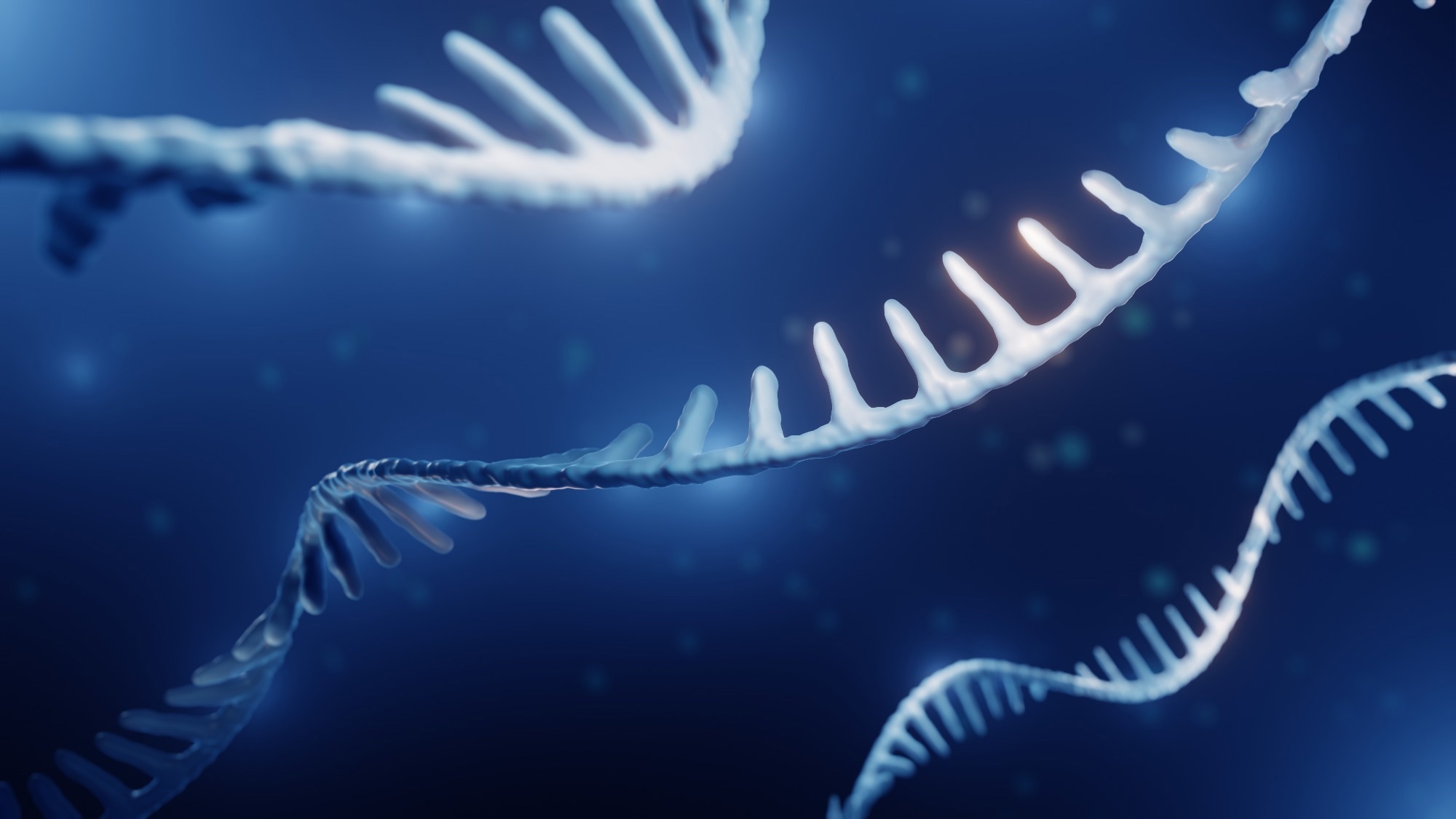In a recent study published in Nature, researchers created a pan-tumor transcriptomic and epigenetic atlas using single-nucleus chromatin accessibility information and matched ribonucleic acid (RNA)-sequencing data.
 Study: Epigenetic regulation during cancer transitions across 11 tumour types. Image Credit: ART-ur/Shutterstock.com
Study: Epigenetic regulation during cancer transitions across 11 tumour types. Image Credit: ART-ur/Shutterstock.com
The researchers studied the spatiotemporal dynamics of chromatin decondensation and transcriptional machinery binding in cancer, focusing on epigenetic drivers and their interactions with genetic and environmental factors.
Background
Chromosome accessibility is crucial for genetic expression and cellular identity, and alterations can cause cancer to begin, grow, and spread. Epigenetic variables that regulate genetic expression, intercellular interactions, lineage determination, and treatment resistance can be identified via enrichment analysis.
Understanding ways in which epigenetic drivers interact with environmental and genetic factors is crucial for the advancement of cancer biology and therapy. It is vital to investigate chromatin architecture across tumors, changes in chromatin accessibility during major cancer transitions, and the link between chromatin availability, genetic alterations, and transcriptional patterns.
About the study
In the present study, researchers developed an integrated multi-omic map of 11 types of cancer based on data from more than 200 cases.
Over one million cells from cancers including colon cancer, pancreatic ductal adenocarcinoma (PDAC), melanoma of the skin, endometrial carcinoma of the uterus, ovarian cancer, and breast tumor were examined.
Single-nucleus transposase-accessible chromatin sequencing (snATAC-seq) and paired single-nucleus or single-cell RNA sequencing were conducted. Accessible chromatin region (ACR)-to-gene connections were evaluated using correlation.
The SCENIC single-cell regulatory network interference and clustering method was used to describe transcription factor target genes in each cancer cohort to better understand the transcriptional regulators involved in cancer formation and find regulatory linkages between transcription factors (TFs) and their target genes, referred to as the regulon.
Cleavage under targets and release was performed in the U251 GBM cell line utilizing a nuclease (CUT&RUN) assay, profiling the direct binding of nuclear respiratory factor 1 (NRF1) to target gene promoters.
Transcriptional programs involved in metastasis were investigated by comparing TF motif accessibility scores in primary and metastatic cells from four distinct cancers. GATA-binding factor 6 (GATA6) activity was reduced in PDAC metastasis utilizing genetically engineered animal models of PDAC produced by the KrasG12D mutation and transformation-related protein 53 (Trp53) deletion.
The researchers explored pathways that were rich in differentially accessible chromatin regions (DACRs), which were found in both metastatic and primary tumor samples. Genomic characterizations of somatic mutations and copy-number variations (CNVs) were done on 176 tumor samples with available whole-exome sequencing (WES) data.
For analysis and quantification of markers of interest, images of specimens were cut into numerous segments, deconvoluted, and fused.
Results
The study showed epigenetic factors linked to cancer transitions, some of which appeared in several malignancies while others were disease-specific. Cancer start was connected to epigenetically changed pathways such as TP53, hypoxia, and tumor necrosis factor (TNF) signaling, whereas metastatic transition was linked to estrogen response, epithelial-mesenchymal transition, and apical junction.
In basic and metastatic cancer cells, significant pathways defined by differentially accessible chromatin regions (DACRs) imply a role in metastasis. At the cohort level, the main pathways enriched in metastases were epithelial-mesenchymal transition (EMT), myogenesis, apical junction, and early estrogen response.
Enhancers associated with the genes filamin B (FLNB), engrailed homeobox 1 (EN1), vimentin (VIM), and vascular endothelial growth factor A (VEGFA) were found in PDAC, demonstrating considerable epigenetic regulation.
The expression of oncogenes such as epithelial growth factor receptor (EGFR), Ki-ras2 Kirsten rat sarcoma viral oncogene homolog (KRAS), v-erb-b2 avian erythroblastic leukemia viral oncogene homolog 2 (ERBB2), catenin beta 1 (CTNNB1), and mesenchymal-epithelial transition factor (MET) was linked to enhancer accessibility, indicating complex epigenetic regulation of these genes.
In head and neck squamous cell cancer (HNSCC), EGFR had the largest number of enhancer-to-gene connections. There was a substantial association between enhancer accessibility and gene expression, indicating collaboration between epigenetic and genetic factors.
Enhancer accessibility correlated with transcript expression more strongly than promoter accessibility, showing the importance of enhancers in controlling gene expression. A significant proportion of the ACR-to-gene linkages were between genes and enhancer areas, lending credence to enhancers' tissue and cancer-type specificity in controlling gene expression.
The researchers also explored the relationship between epigenetic and genetic drivers in tumor samples by performing genetic characterizations of somatic mutations and copy-number variations (CNVs). Correlations between epigenetic alterations and genetic mutations are possible within particular pathways.
Conclusions
Overall, the study findings showed an atlas for epigenetic regulation throughout cancer transitions across 11 tumor types. The atlas provides a consistent picture of cell types, variably accessible enhancers and promoters, epigenetically regulated cancer-associated genes, and TFs critical at key cancer transitions.
The work emphasizes TF use as prognostic indicators and provides subtle insights into cancer biology, such as cancer-specific epigenetic architecture, interactions between normal and malignant cells, and primary-to-metastatic transformations within the same lineage.
Differences in chromatin accessibility between main and metastatic cancers may point to approaches to halting malignant transformations. The spatiotemporal dynamics of chromatin decondensation and transcriptional machinery binding are critical in cancer genesis, development, and metastasis, but our understanding of them is currently limited.
The activity of regulatory elements or transcription factors related to cancer start, development, and metastasis, known as epigenetic drivers, may explain previously unknown tumorigenic pathways.